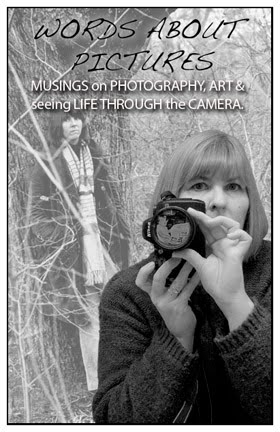Happy Summer!
Lots of new work and new adventures from behind the camera to share. I hope you'll stop by and say hello at one of the arts festivals I'm in this summer.
Lots of new work and new adventures from behind the camera to share. I hope you'll stop by and say hello at one of the arts festivals I'm in this summer.
Gig Harbor Arts Festival
Saturday, July 19, 10-6
Sunday, July 20, 10-5
This
festival is one of the best in the Puget Sound region. Details and directions
are on Peninsula Art League's website. My
booth is on the corner of Judson and Gilich.
Tumwater Farmers Market
Wednesday, August 20, 11-2
I've
designed six of the eight market posters since it opened in 2006. I'll have a
booth at "Dog Days of Summer"
when there will also be herding demonstrations and other fun activities. Tumwater
Farmers Market directions. For some of the posters I've designed,
visit my Word and Picture Communications site.
Some of the new work I'll be exhibiting includes images from the Kenmore heron rookery, bald eagles (of course), hummingbirds, and a new photo illustration of sunrise and moonrise over Mount Rainier.
I'm updating my exhibit calendar as I add events - 2014 Exhibit Schedule. Also coming up this summer are the SequaliShoot awards on Sunday, August 17. This is my second year of challenging area photographers to get their best shots of historic Sequalitchew Creek in DuPont, Washington, in 24 hours. We'll have a display of work at the DuPont Historical Society's annual Hudson Bay Day.
As always, many thanks for your continued support and encouragement.




































